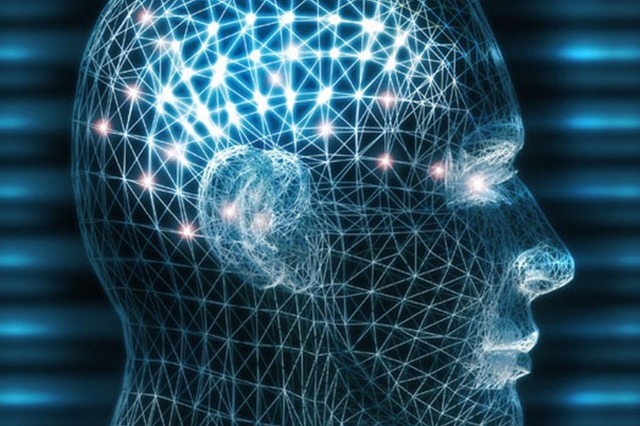Posts Tagged ‘Attention-Research-Update’
Perspective: Neurofeedback treatment for ADHD is gaining strong support
Neurofeedback — also known as EEG Biofeedback — is an ADHD treatment in which individuals learn to alter their typical EEG pattern to one that is consistent with a focused, attentive state. This is done by collecting EEG data from individuals as they focus on stimuli presented on a computer screen. Their ability to
Read MoreComparing Working Memory Training & Medication Treatment for ADHD
Working memory (WM) is the cognitive system responsible for the temporary storage and manipulation of information and plays an important role in both learning and focusing attention. Considerable research has documented that many children and adults with ADHD have WM deficits and that this contributes to difficulties associated with the disorder. For an excellent introduction…
Read MoreNew Study Supports Neurofeedback Treatment for ADHD
Neurofeedback — also known as EEG Biofeedback — is an approach for treating ADHD in which individuals are provided real-time feedback on their brainwave patterns and taught to alter their typical EEG pattern to one that is consistent with a focused, attentive state.
Read MoreNeurofeedback/ Quantitative EEG for ADHD diagnosis
Like all psychiatric disorders, ADHD is diagnosed based on the presence of particular behavioral symptoms that are judged to cause significant impairment in an individual’s functioning, and not on the results of a specific test. In fact, recently published ADHD evaluation guidelines from the American Academy of Pediatrics (AAP) explicitly state that no particular diagnostic…
Read MoreMindfulness Meditation for Adults & Teens with ADHD
Mindfulness meditation training may be a beneficial complementary treatment approach for adolescents and adults with ADHD.
Read MoreSelf-Regulation and Barkley’s Theory of ADHD
Barkley’s theory has been widely recognized as a significant advance in our thinking about ADHD that helps to organize a vast body of literature and clinical observations about the disorder.
Read More
